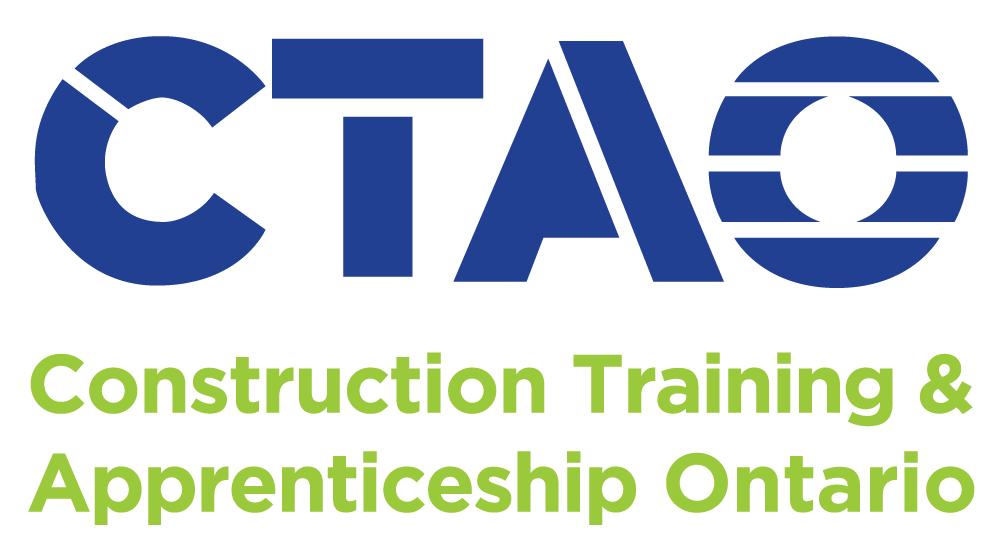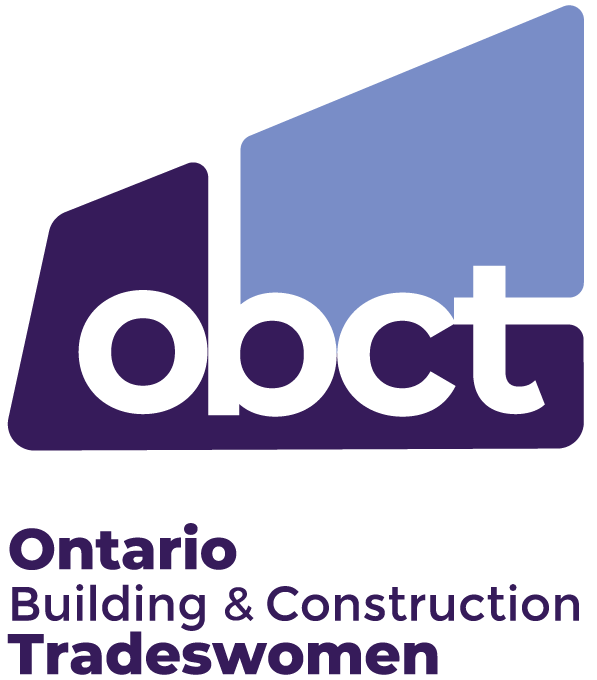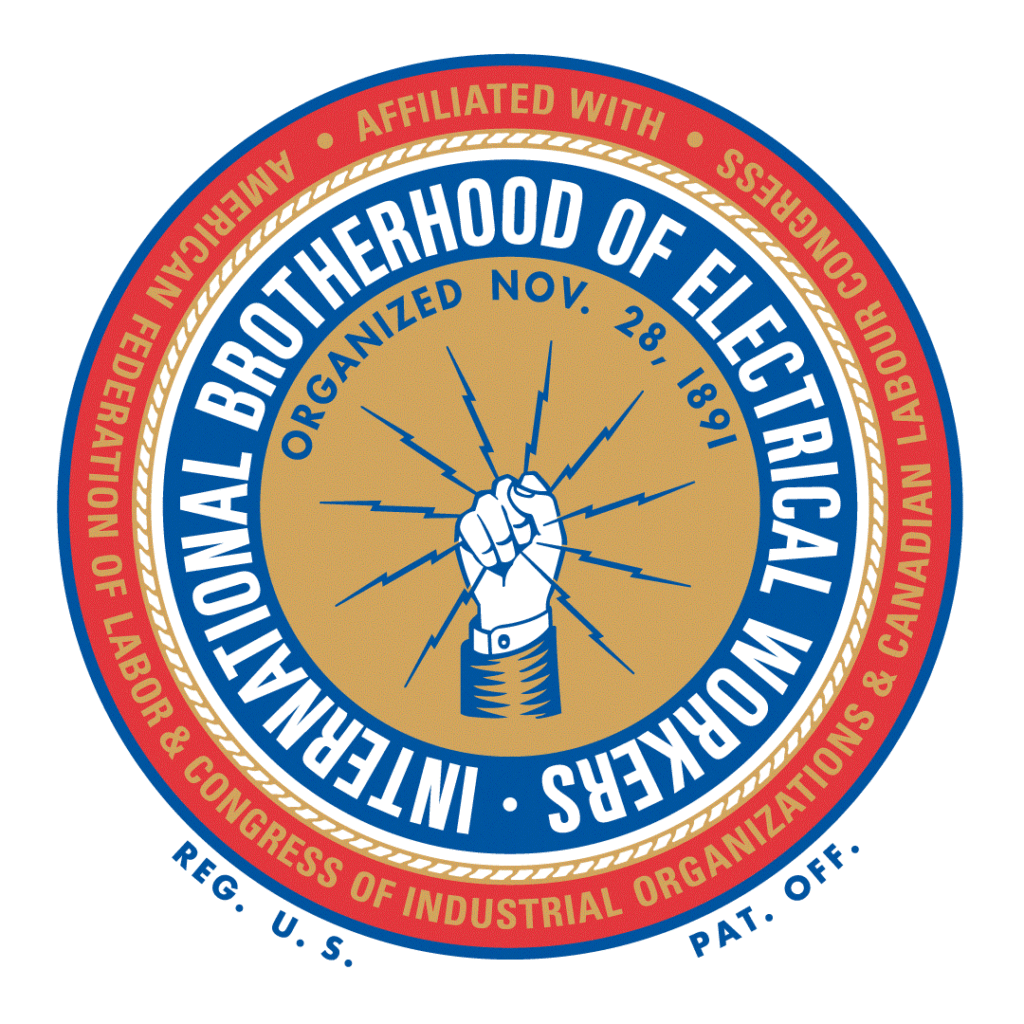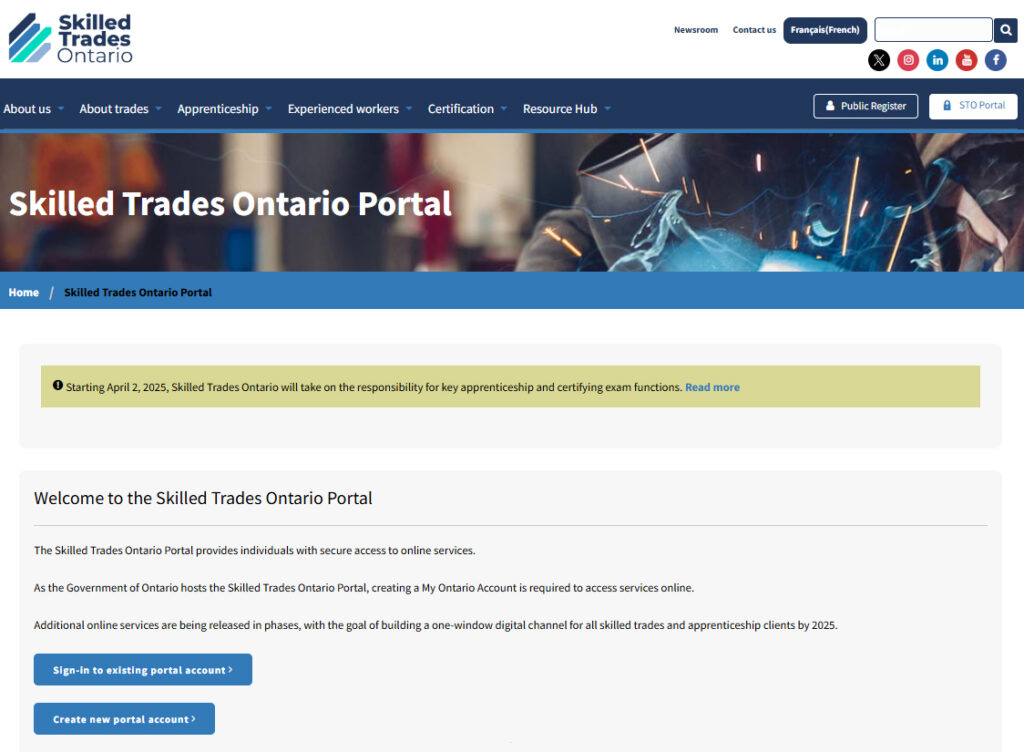Find a Trade (or two) that you could realistically see yourself doing as a career

When looking at the skilled trades as a possible career path, it is essential to look at what the job entails and if you’re interested in that type of career.
If you have a fear of heights, or dislike working outdoors all year round, becoming an Ironworker or Glazer may not be the best option for you. Personal likes and dislikes will help shape your decision making.
Consider your personal strengths (high attention to detail, working with your hands, precision work)and look for trades which suit your skill sets.
We recommend people explore at least 2 different trades which will help open up their training possibilities.
Make a checklist of what prerequisites you have or are missing and how to get them

Once you have an idea of what trades you’re interested in perusing, look at any and all prerequisites you may need before you begin an apprenticeship.
For example, Electricians need to have their senior English, Math and Physics credits. Plumbers require their grade 12 Math and English.
If you’re missing these credits, you would need to look into night school or an alternative method to obtain them.
Also consider the length of the apprenticeship, and if this is something you would wish to pursue. Construction Craft Worker apprenticeship is about 2 years, whereas a Brick & Stone Mason is about 4 years with a similar prerequisite.
Reach out to friends, family, or community partners for networking possibilities

Take time to talk to tradespeople in your environment and get their feedback. Check in with local career fairs, union Question & Answer sessions, or community groups to ask questions as it pertains to your situation.
Inquire about Union in-takes, ‘nice to have’ certificates, and how busy work is and if they’re hiring.
dfgsdfgsdf.








